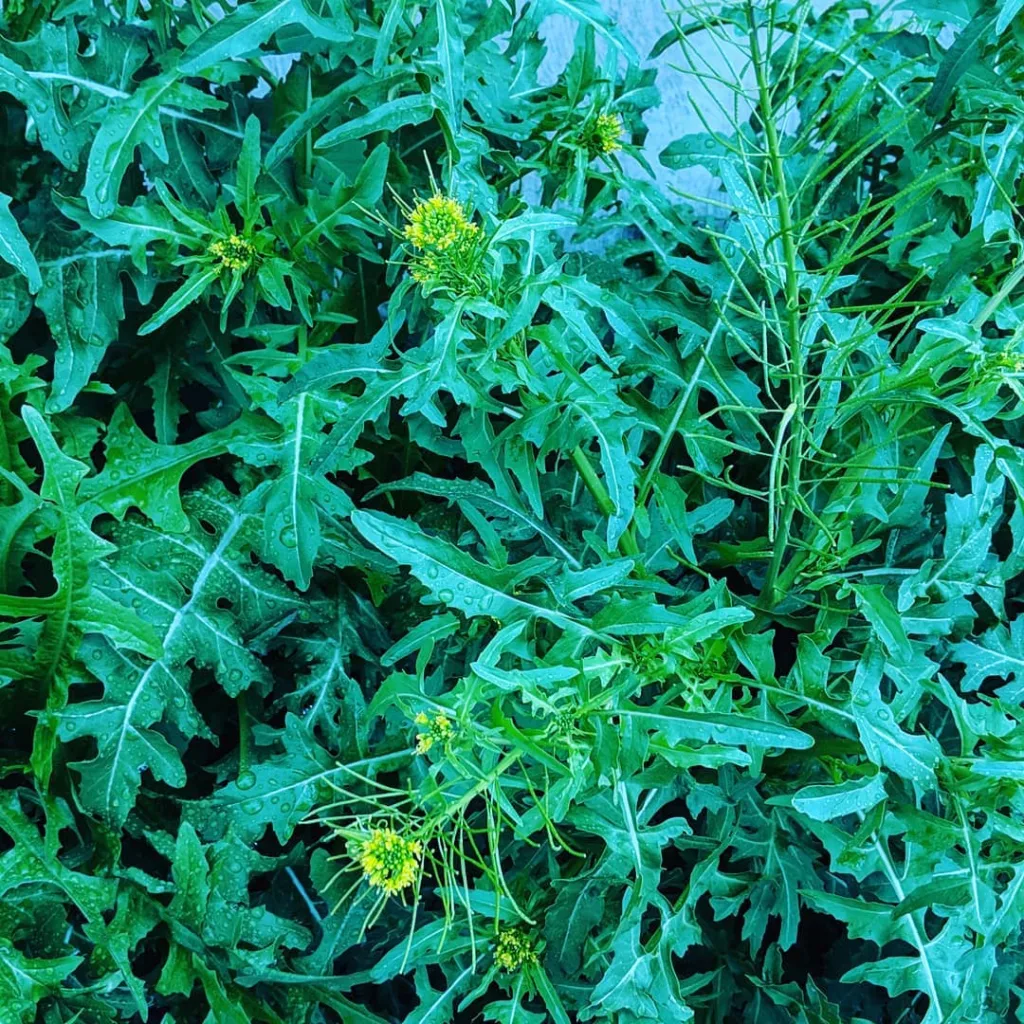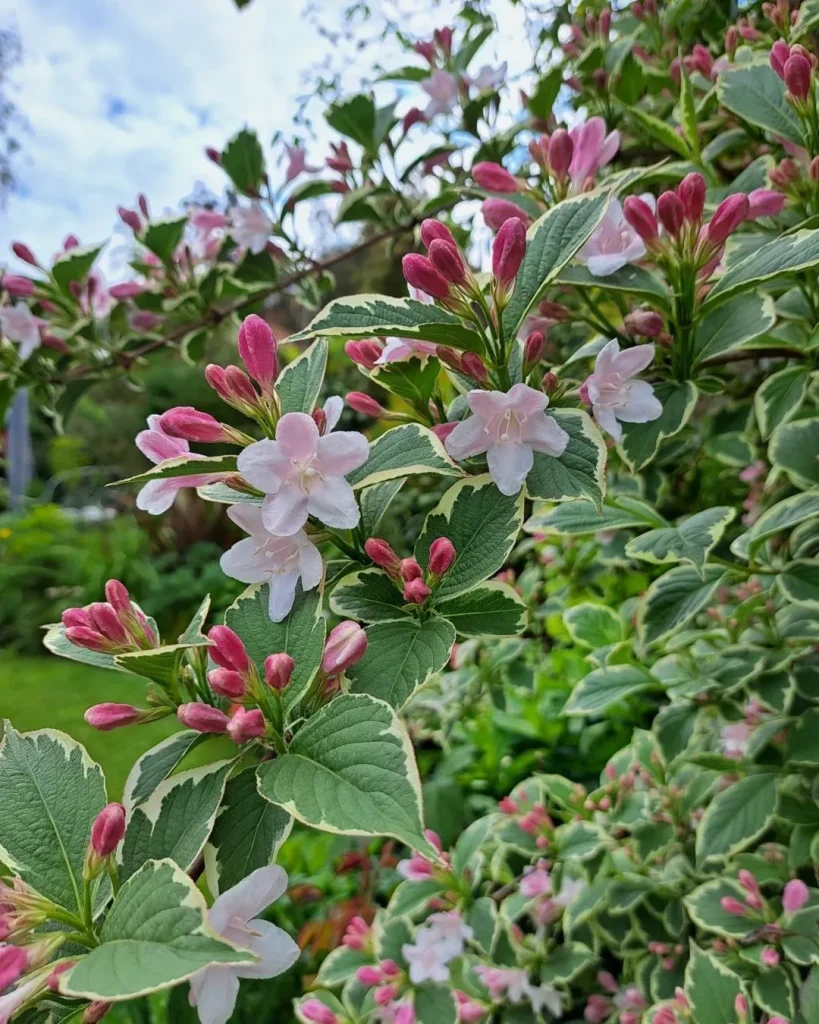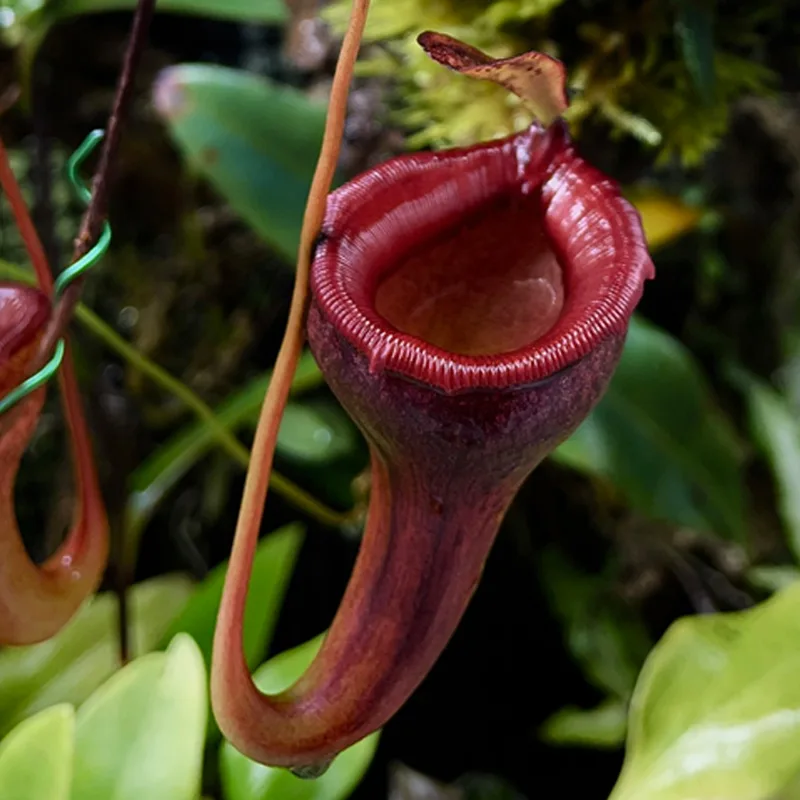A Solitary Sentinel: The Enigmatic Hydrastis Canadensis
As a lifelong naturalist, I’ve always been drawn to the quiet, often overlooked corners of the natural world. One such marvel is Hydrastis Canadensis, a solitary species of the genus Hydrastis, belong to the Ranunculaceae family. This unassuming plant, often referred to as Goldenseal or Orange Root, has captivated my attention with its unique biology, rich history, and potential for healing.
A Botanical Enigma
Hydrastis Canadensis is a herbaceous perennial native to the deciduous forests of eastern North America. Its striking appearance, with large, palmately lobed leaves and a solitary, greenish-white flower, sets it apart from other forest flora. However, it’s not just its unique morphology that makes this plant so fascinating.
A Treasure Trove of Medicinal Properties
For centuries, Indigenous peoples of North America have recognized the medicinal value of Hydrastis Canadensis. Its rhizomes, which are bright yellow internally, have been used to treat a variety of ailments, including skin infections, inflammation, and digestive disorders.
Modern scientific research has validated many of these traditional uses. Studies have shown that Hydrastis Canadensis contains a range of bioactive compounds, including berberine, hydrastine, and canadine. These compounds possess potent antimicrobial, anti-inflammatory, and antioxidant properties.
- Berberine: This alkaloid has been extensively studied for its antimicrobial, anti-inflammatory, and antidiabetic properties. It has been shown to be effective against a wide range of bacteria, fungi, and parasites.
- Hydrastine: This alkaloid is known for its vasoconstrictive properties, which can help to reduce inflammation and bleeding. It has also been used to treat conditions such as nasal congestion and hemorrhoids.
- Canadine: This alkaloid has been shown to have sedative and analgesic properties. It may also help to reduce blood pressure and heart rate.
The Solitary Nature of Hydrastis canadensis
One of the most intriguing aspects of Hydrastis Canadensis is its solitary nature. Unlike many other plant species, it does not form dense colonies or extensive stands. Instead, it prefers to grow as isolated individuals, often scattered throughout the forest understory.
This solitary habit may be attributed to several factors:
- Slow Growth: Hydrastis Canadensis is a slow-growing plant with a long lifespan. It takes several years for a plant to reach maturity and produce flowers and fruits.
- Ant Dispersal: Its seeds are dispersed by ants, which may contribute to its sporadic distribution.
- Shade Tolerance: As a forest understory plant, Hydrastis Canadensis is well-adapted to low light conditions. This may limit its ability to compete with other plants for resources.
Conservation Concerns
Despite its medicinal value, Hydrastis Canadensis is facing increasing threats due to habitat loss, overharvesting, and climate change. As a result, it is now considered a vulnerable species in many parts of its range.
To protect this valuable plant, conservation efforts are underway to:
- Promote Sustainable Harvesting: Encouraging sustainable harvesting practices can help to reduce the impact of harvesting on wild populations.
- Establish Protected Areas: Protecting the natural habitats of Hydrastis Canadensis is essential for its long-term survival.
- Cultivate Hydrastis Canadensis: Cultivating this plant in controlled environments can help to reduce pressure on wild populations.
A Personal Connection
My fascination with Hydrastis Canadensis stems from a deep appreciation for its unique beauty and ecological significance. I have spent countless hours exploring its natural habitat, observing its growth and development, and marveling at its resilience.
Through my research and personal experiences, I have gained a deeper understanding of this remarkable plant. I hope to share my knowledge and passion with others, inspiring them to appreciate and protect this botanical treasure.
As a naturalist, I believe that it is our responsibility to conserve the natural world and its diverse inhabitants. By studying and protecting species like Hydrastis Canadensis, we can help to preserve the delicate balance of our planet’s ecosystems.
If i die, water my plants!



